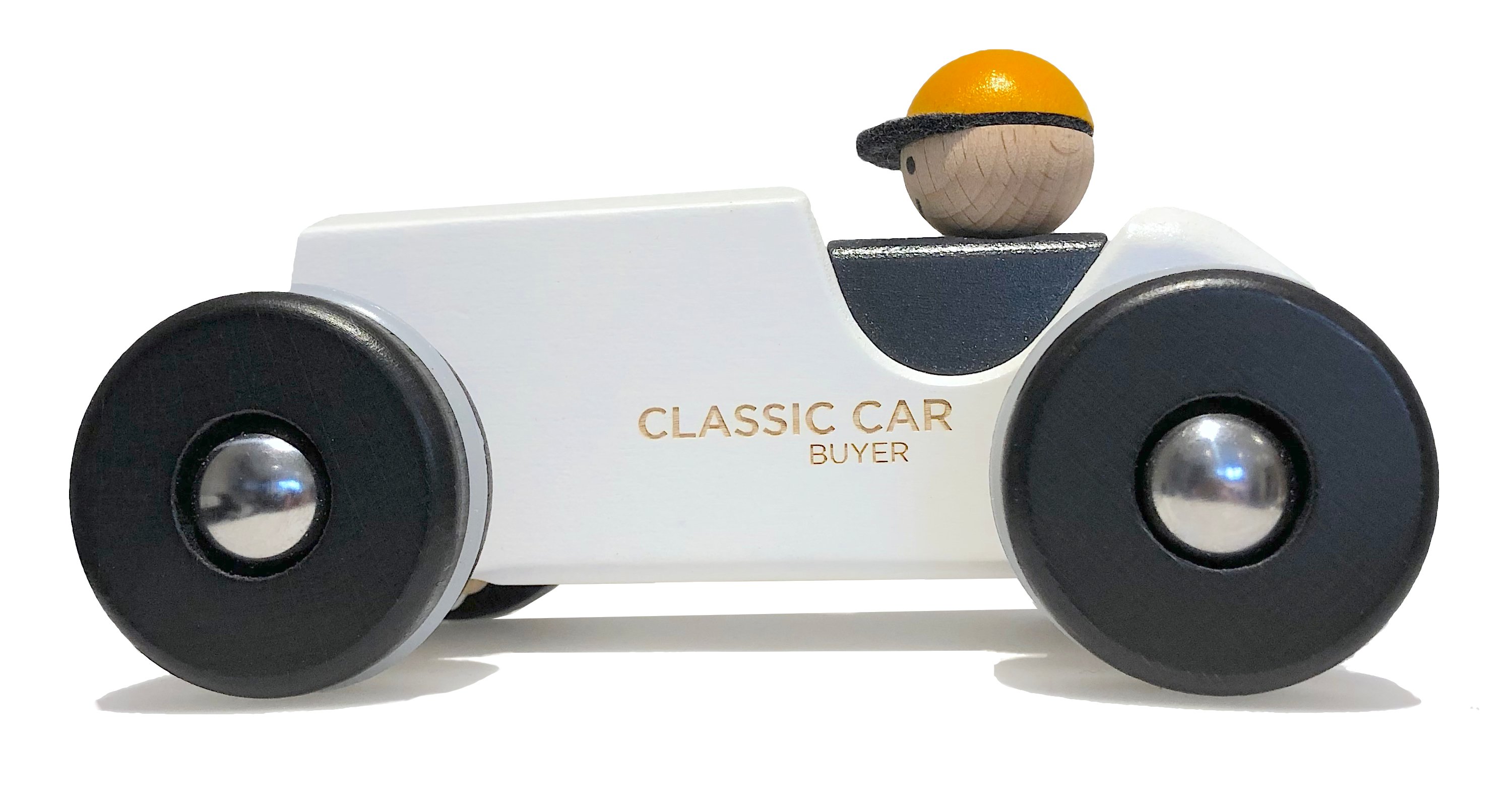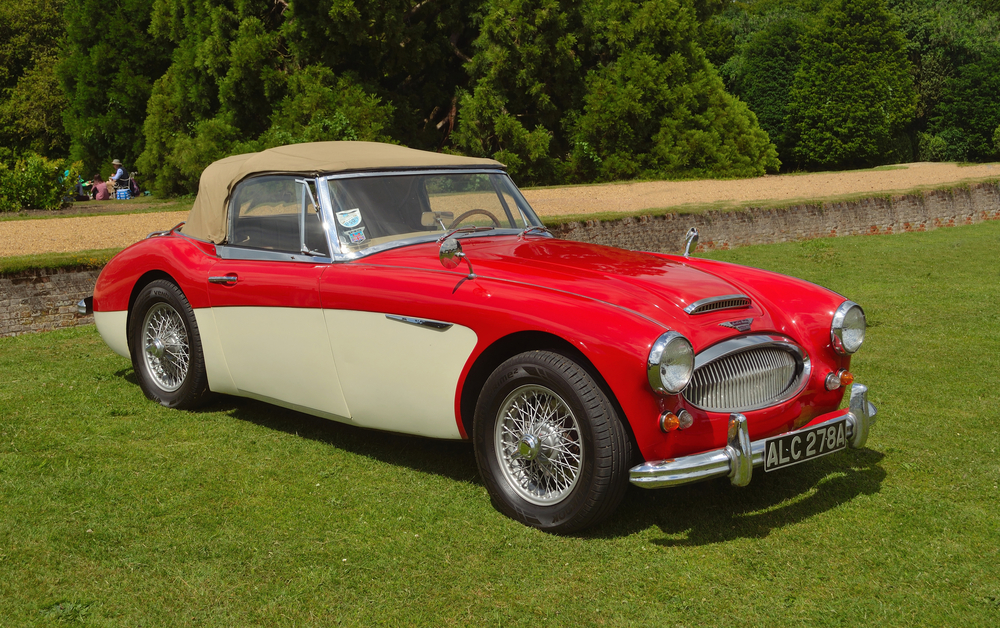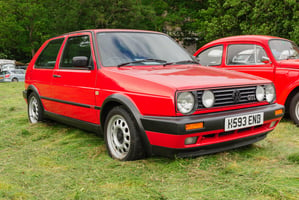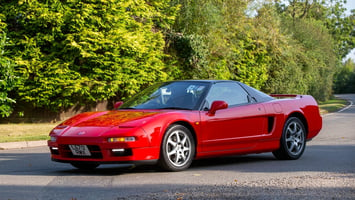The 1980s were a bit of a golden era for British motoring. It was a decade of Rubik’s Cubes,...
Ahh, the sixties… a time of free love, The Beatles and some seriously wide bell-bottoms. A heady mix, for sure! And of course, there were some pretty amazing car developments too. This was an automotive era epitomised by quirky style, works of art - and sheer personality.
It was a bit of a golden time for iconic cars, be that muscle cars, Mini Coopers and the other type of famous Beetle. Many of these makes and models are still beloved for the memories they evoke, whether that’s a first car, a parent’s car that you worked on, or one that you went to the movies in with a loved one. This period contained much handcrafted bodywork, and an abundance of chrome…
There was less that could go wrong with cars in those days, and so they were generally easier to fix (and some might say that was a blessing as some of them used to break down a fair bit!) Good times. Indeed, they don’t build ‘em like they used to…
Here’s our top five - if you leave your favourites in the comments, we may well do a part two!
Mini Mark 1
The original Mini was designed by Sir Alec Issigonis in an incredibly short time (mere months!) in response to the 1956 Suez Crisis and fuel shortages. It was meant to just be a small, fuel-efficient car for the masses, but it soon ended up becoming an absolute icon.
Despite being just 10 ft long, the Mini’s clever packaging meant it could seat four adults comfortably. Issigonis even famously tested it by piling his colleagues inside to ensure it was a genuinely practical car.
Early Mark 1s had quirky features like sliding windows, a ‘moustache' grille and pull-cord door openers. The doors also had pockets deep enough to hold a bottle of Gordon’s Gin – reportedly Issigonis’ favourite! Issigonis was a big smoker and he had a large ashtray installed in the original Mini in place of a radio - music was apparently deemed ‘unnecessary’, but an ashtray was a must!

(Photo credit: Carandclassic.com)
Chevrolet Corvette Sting Ray C2
The second-generation 1963 Corvette Sting Ray featured a distinctive split rear window, a design element so bold it only lasted one year.
The C2 Corvette introduced independent rear suspension, significantly improving handling and performance. By the mid-sixties, the Corvette offered monstrous 427 cubic inch (7.0-litre) V8s, some rated at 435 hp – huge power for the era!
Inspired by racing, the Sting Ray design was tested in wind tunnels, which was a fairly rare move in American car design at the time. The C2 was a dominant force in sports car racing in the decade, especially the Grand Sport model that was secretly developed by Zora Arkus-Duntov to beat Ferrari.

Austin-Healey 3000
This was a British brute in gentleman’s clothing, known as the ‘Big Healey’. The 3000 combined traditional British roadster charm with a powerful straight-six engine, capable of 120+ mph. It saw great success in international rallying, including podium finishes at the Alpine Rally and Liege–Rome–Liege events - driven to success in 1960 by Pat Moss, Stirling Moss’s younger sister.
This car was simple but stylish. Its long bonnet, wire wheels and side exhausts made it a favourite amongst drivers who wanted both flair and performance.
Evolving over the decade, the The Mk 1 first arrived in 1959, where weather protection remained minimal, with a folding plastic roof on a light frame and detachable side screens above the doors holding sliding perspex panels. The Mk III (from 1964–67) brought more refinement, including a walnut dashboard and more comfortable seating.
This car was a popular export, with roughly 90% of production being exported to North America, where it found a strong following for its rugged charm and open-air thrills.

Ferrari 250 GTO
Is this the most valuable Ferrari in the world? With only 36 built, the 250 GTO regularly fetches over £40 million at auction, making it one of the most sought-after classic cars ever. Indeed, a 1963 version sold for $70 million in 2018…
Built to beat the best, it was developed to compete in FIA GT racing, and dominated events like the Tour de France Automobile and Le Mans class races.
It had a race-bred engine, packing a 3.0-litre V12 derived from Ferrari’s F1 programme, and delivering 296 hp and a top speed of 174 mph.
Its iconic shape wasn’t just beautiful; it was wind tunnel tested for pure aerodynamic efficiency. To buy one was by invitation only, as Enzo Ferrari personally approved each buyer, meaning you didn’t just need money; you needed pedigree and passion too.

Shelby Cobra
This car was an Anglo-American combo, whereby Carroll Shelby combined a lightweight British AC Ace body with a thundering American Ford V8, creating a true performance legend from 1962 onwards.
It was fast - the Cobra 427 achieved 0-100mph in 10 seconds, which was an acceleration record that wasn't broken for 20 years. Shelby’s Cobras famously challenged Ferrari’s dominance in the GT class, culminating in GT Championship victory in 1965.
Early Cobras had no driver aids, minimal comfort, and brutal torque, which was not for the faint-hearted!
The Cobra is one of the most replicated cars in history due to its iconic status, with many kit cars and tributes still produced today.

That's quite a selection, you might say! Have you got a favourite that we've not mentioned?
Let us know below!







